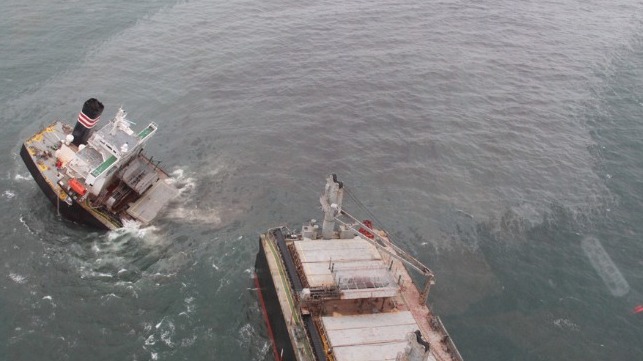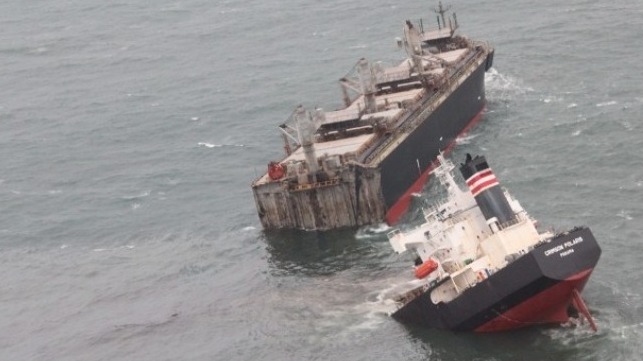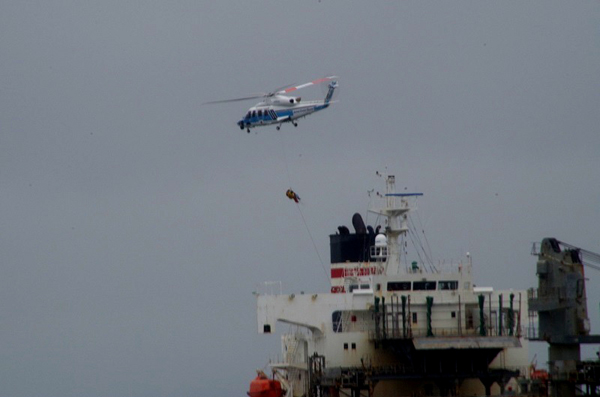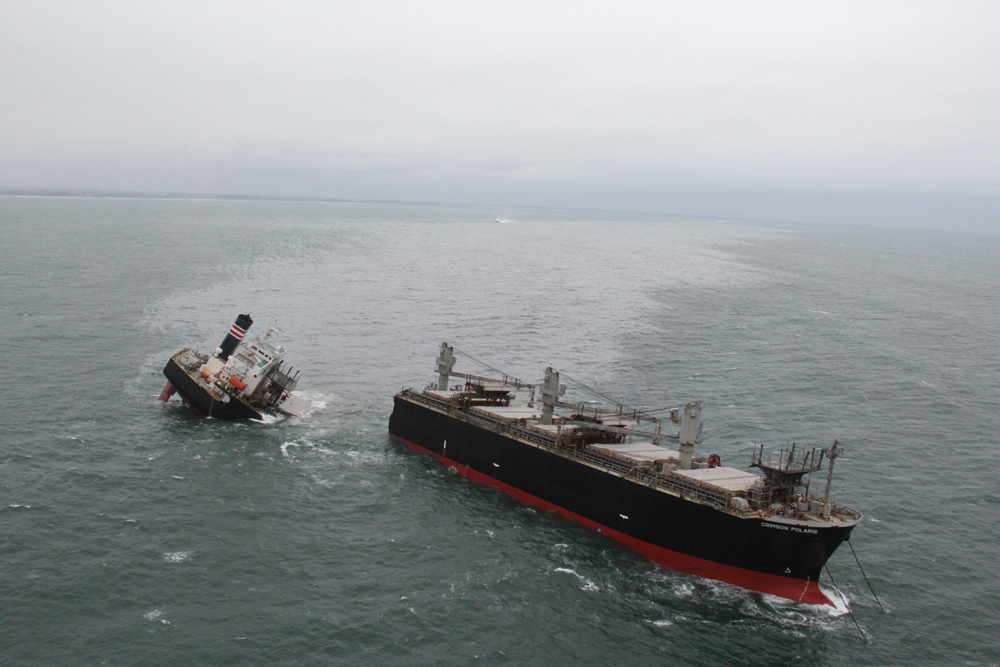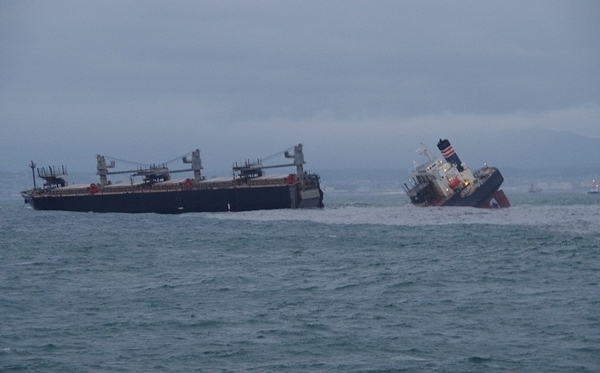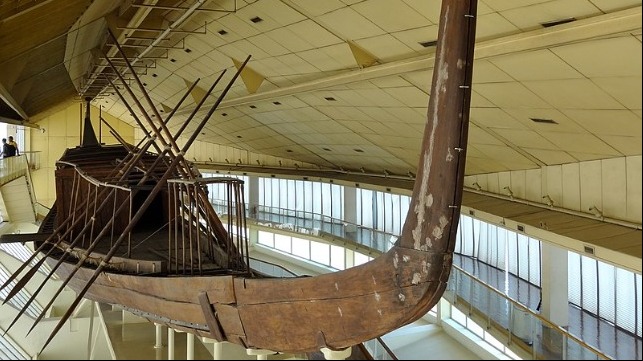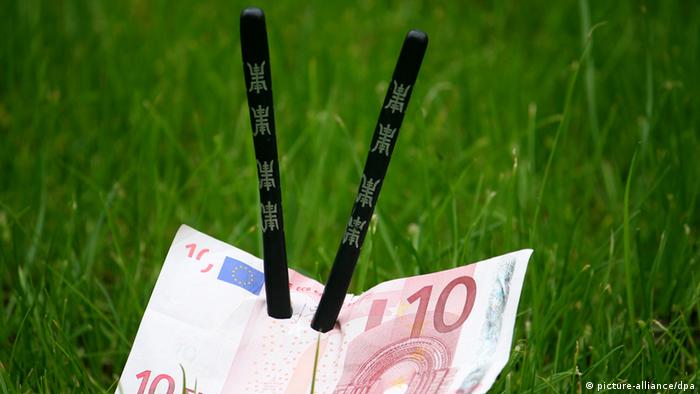1. The expansion of capital over the globe – because of its growth or its growth difficulties?
Rosa Luxemburg rightly tries to find the reason for imperialism in the capitalist economy. She finds the reason that capitalist states go outside their borders, make foreign markets, labor power and raw materials accessible to their domestic businessmen, take advantage of other nations, bring them to heel and sometimes subordinate them militarily, in the excessive and limitless “accumulation of capital.” This has the tendency to supercede every previously attained level in the accumulation of its wealth, to always open up new sources of wealth, to decompose and to dissolve pre-capitalist modes of production and so creates the world market. The “Contribution to the Economic Explanation of Imperialism,” the subtitle of her book, i.e. the explanation of the economic origin of imperialism, could be finished at this point.
However, Luxembourg does not leave it here with capital's desire for accumulation, but reads from the “reproduction schemes” in Volume 2 of “Capital” a negative reason for the expansion of capital into non-capitalistic modes of production – and explains this as a “vital question of capitalism.” It is not enough for her that the capitalist economy, with the expansion of its functioning, uses all the means that are available to it: labor power, raw materials, cheap intermediate products and markets. She constructs an immanent non-functioning of accumulation that can be compensated only by expansion into non-capitalist territories.
The malfunctioning of accumulation, according to her, occurs in the “realization of surplus value.” The total advanced capital value along with the surplus value added in production must once again be transformed back into money form, the capitalist commodities must be sold, before the purpose of the capitalist is fulfilled and he can advance capital anew and again increase it. But, asks Luxemburg, who can convert the surplus value into cash? Where does the purchasing power come from that buys that portion of the commodity capital that represents surplus value? She can't find the purchasing power necessary for it anywhere in capitalist society because she sees all incomes appearing through the advance of capital. Workers, for example, obviously cannot buy the surplus value because they effect demand only in the amount of the national wage sum, which counts as advanced value, not surplus value. Thus – so her conclusion – that part of the commodity products whose value embodies surplus value can only be bought by a purchasing power which does not come from capitalistic circulation itself. For her, the still existing non-capitalist modes of production turn out to be, as purchasers, a necessary element of accumulation. Only in so far as they convert surplus value into cash, and only to the extent that they do this, can capital grow.
This is erroneous. Exploitation is not a zero-sum game. You do not lose everything in selling that has been extracted out of the workers in production. The capitalists themselves are in fact the ones who possess with their surplus value the purchasing power to transform the surplus value of their class brothers into money. Luxemburg supports her assertion about the immanent inability of capitalism to grow with Marx' schemas which show that there is by no means a harmonious replacement of the commodity products of one capitalist by the demand of the other and that by growth itself the proportional sizes of the national production spheres tend to shift. It is also true that a general expansion of commercial activity brings with it the inability of some individual capitals to survive. But this is just the way it is with a mode of production in which the proportionality of the spheres of production is a belated result of competition and displacement.
Like all breakdown theorists, Luxemburg also wins her argument by an idealistic measuring of the capitalist economy according to reasonable duties that it does not at all have. In these ideal tasks, Luxemburg lets capitalism then fail – and in addition asserts that it fails because of reality. She sees the issue as the frictions and expenses of the reproduction of capital: the enormous waste of work which takes destruction of wealth as an inherent aspect of its growth, the impossibility that with general growth each individual capital can also grow – but she notices all this not as the mode of functioning but as big cases of the non-functioning of this absurd mode of production. She just measures them by the ideal standard of a smooth and proportional reproduction of the overall economy. Capitalism, though, “works”! The harmful insanity of accumulation for most people does not fail in reality. But at best in the will of those harmed!
2. Capitalism and imperialism – incompatible with the complete world market?
For Luxemburg, the not yet capitalist regions and modes of production are the stopgaps that enable capital – inherently incapable of growth, yet condemned to growth – to grow nevertheless. It uses up these conditions of its existence to the extent they are useful; i.e. the purchasing power accrued from pre-capitalism and non-capitalism are integrated into the circuit of the capitalist economy and even in these economies grows rampantly. As soon as pre-capitalist economic modes are dissolved and are subjected to capitalism, capital's historic conditions for existence are finally exhausted: capitalism goes under.
Luxemburg shows the historic phase of creation of an imperialistically ordered world and the wars that are part of it – the conquest of colonies – as the normal state, indeed the only possible way for imperialism to exist. This is not merely a historically limited view from the period before the First World War, but a product of her interest in a breakdown prognosis. She does take notice of the trade between capitalist states and their mutual extortion, but finds this inessential: trade between Germany and England is considered as internal – that is, inter-capitalist – and in contrast the trade between German industry and German farmers is external – that is, between capitalist and non-capitalist spheres.
3. The violence of imperialism is not the act of the capitals but of the capitalist state, which forces its enrichment on other nations!
Luxemburg’s “contribution to the economic explanation of imperialism” deals – incorrectly – with the internal reason which capitalist states have for imperialism; she says nothing at all of imperialism itself. She confuses the imperialism of the capitalist states with their economic basis, the growth of capital. She knows nothing about the division of labor and the contradiction between state and capital which determines cross-border business. According to Luxemburg, the conquest of colonies is a strategy of capital for securing its conditions of reproduction; the state, insofar as it is spoken of at all, fights on the orders of capital. However, there is no subject “capital in general” on the world stage at all; growth in general is not a concern of any nation, each is concerned with the growth of its national economy. Therefore, it promotes – and hinders – the growth of the world economy according to its national calculations. Imperialism is an act of the capitalist state that promotes its source of wealth, its national capital.
Whoever does not keep this in mind confuses these two subjects, like Luxemburg and Lenin: the state like capital get ascribed qualities that only inheres in the other. With insights like “capitalist robbers haul off loot and argue about it on the battlefield,” one has learned nothing at all about imperialism. Capitalists do business; if they conquer, they conquer markets not with weapons, but namely with competitive commodities. The state applies the outwardly directed force of capitalist society – and indeed in the interest of its enrichment from the foreign country.
The state’s monopoly on force is the first condition of existence for the internal relations of exploitation. In the restricted territorial reach of this force, the state discovers at the same time the barrier to the business that it launches. Its borders restrain the growth of its own material base. Therefore, it opens for domestic capitalists access to sources of wealth beyond the reach of its power, when it negotiates with other states permission for the mutual use of the internal sources of wealth by the businessmen of the partner states. The arrangements for the mutual “opening” are anything but harmonious: in the end, every nation wants to get rich off the other.
Intention and result do not, however, coincide: the political forerunner of the foreign business dealings is at first a spectator of the back and forth that the private individuals organize with its permission. Above all, however, the state is concerned with the results of this commerce. All the business people involved have made money on exports and imports – or else they would not have engaged in buying and selling. But at the end of the year, the nation is presented with an external balance sheet in which it can read whether it has thereby become richer or poorer: the money of the world collects in the nation with trade surpluses, while in the others duty payments, foreign currency difficulties and debts collect. While all trading capitalists make money from business, between two trading nations only one can enrich itself.
In spite of the internal growth of its economy, the nation can have become poorer in relation to the foreign country. This is something a state does not acquiesce to, like a private capitalist must acquiesce to defeat in competition. The capitalist exists under the rights of his state; by contrast, the state allows no right to count above itself. Thus – and this makes foreign trade a business fraught with war – states look upon their international success as their right; in failure, they see their rights, fairness, the rules of trade, valid contracts, etc., injured.
The intervention of the states modifies, Marx says, the law of value: they permit the free comparison of commodities and prices only after that and only under conditions which are useful to them, and fight for one-sidedly advantageous rules for their external commerce. Protectionism always stands next to free trade – and it is a question of power who can impose unilaterally useful – thus also unilaterally damaging – terms of commerce against which partner, and how much.
4. The separation of business and force gives momentum to both!
The organization of inter-state contractual relationships is a question of power, so the state powers engage in a strategic competition which is separate from it and a condition for it. It is free from the question of business advantage and in peacetime it fosters allies, satellite states, geo-strategic positions and a powerful military – it is thus a question of war.
In cases where there are stuggles for zones of influence and quite directly in wars, the traditional leftist confuses state and capital the other way around: the leftist always imagines that oil or gold or some other important raw material must lie under the battleground if the imperialists find it worth a war. (In Yugoslavia there was for a long time the reverse complaint: if it is not about oil but human rights, the imperialists do not lift a finger.) In reality Germany, barely reunified, actively pursues the dissolution of Yugoslavia, England defends almost uninhabited, completely barren islands in the south Atlantic, the USA decides over every armed conflict in the world because it has to assert the status of its power and its right to impose it against others and – beyond every consideration of economic benefit – knows that military power is the precondition and the borders are the limitation of their ability to ensure national profit from the world economy.
The “globalization of the economy” in today’s complete world market and the concern about the national investment site are wonderful evidence for the incongruent relation of state and capital in imperialism. Nothing is more absurd than, in view of globalization, to proclaim a powerlessness or even a “derealization” of the nation state. It is the states that organize the liberalized world market.
